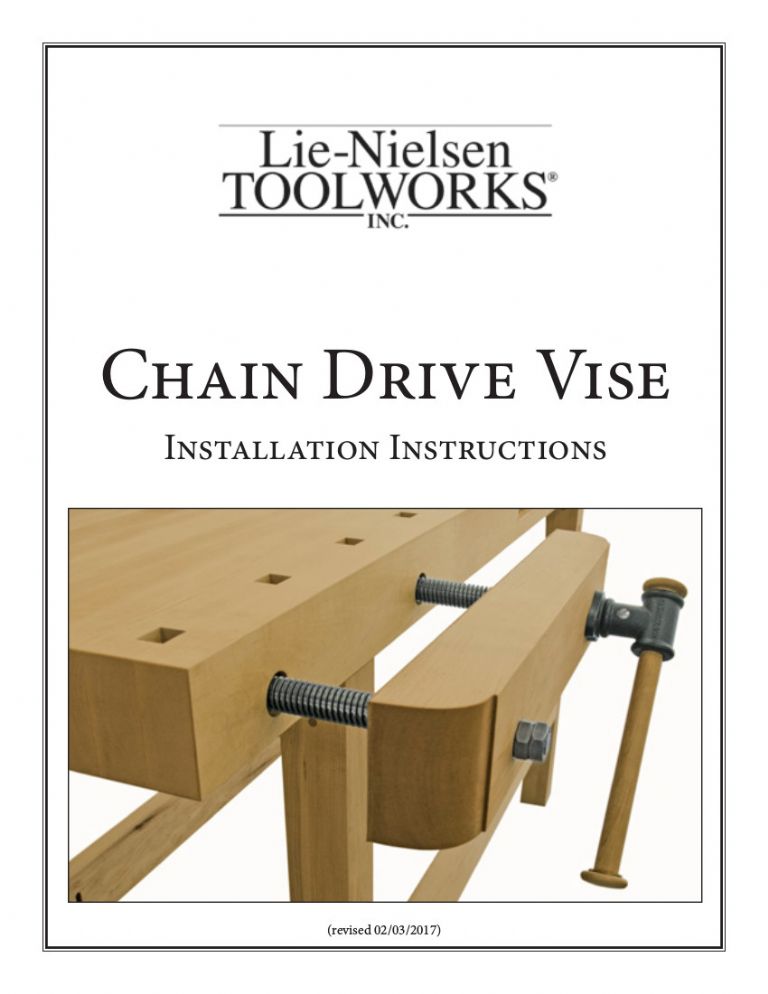Hafta confess that my suggestion of hydraulic operation was made somewhat tongue in cheek, or mental doodling as MichaelG would say.
However in the cold light of dawn I'm beginning to wonder if it might actually be practical at a viable price for a saleable product.
Consider two long, smooth finished and suitably sturdy tubes running in a set of bearing bushes carried by a support structure under the bench. I imagine something around 1 1/2" diameter by 1/8' wall counts as suitably sturdy tube. U section aluminium extrusion looks good for the support structure with three or four solid square plastic bushes for the tube to run in fixed at appropriate intervals. Neatest way is to use a reversed type hydraulic cylinder, powered on the contraction stroke, fixed inside each tube to drive it. Usual oil feed, extra seals and bleeding issues as compared to the simple extending type but nothing insurmountable. I imagine such cylinders can be sourced at reasonable prices from China Inc.
Ordinary extending type cylinder driving from the front via the support structure would work fine but thats messy engineering and drive is inevitably offset. Easiest way for DIY guy to go. Especially if one cylinder would do. Slim sleek integrated look with clean modern lines ought to be worth £££ on the selling price of a commercial product!
If suitable seals can be sourced inexpensively its practical to integrate the hydraulics into the main tube with a solid stop to separate the hydraulic section from the pure support part. Oil feed has to be down a hollow piston rod so the bleed, equalisation orifices and pump connections come nicely out of the way at the back of the bench. I imagine suitably well finished tube is made by the Chinese mile for gas ram and similar duties so should be obtainable at reasonable prices. Need reasonable numbers if the cost isn't to be too high.
Vice opening needs a spring or gas ram operating via the support structure. Simple two pedal drive unit on the floor with pump on one pedal, release on the other. Need a tie bar across the ends of the tubes, more U section extrusion, to keep things properly aligned. Vice jaw would have to be slackly mounted to get the minor floppiness essential to a woodworkers vice.
Hands free operation would be a major selling point as would smooth static tubes to rest the work on rather than the screw threads of the chain drive systems which will tend to mark the work. A big no-no if doing a quality job. Supply as two units with the cylinders / support tube pre-assembled into the channel section supports. Cross ties provided in "cut to length" form for vice jaw and under bench support spacing. Pre-drilled for a selection of vice jaw lengths of course.
Big disadvantage from supplier viewpoint is less than sky-high profit margin. Chain drive design looks to have under £50 of hardware at Ali-Baba prices. How much does it cost to have it all put in a box? I guess the semi steam-punk look may have marketing advantages too.
If you had to stay with chain and screw drive longer shafts with screws at the back gains most of the advantages but vice jaw has to be stiffly located on the shafts if the chain drive is to function well. So outside end support bushes need to be sloppy. Inevitably still some movement and binding tendencies getting back to the screw. proper way is a UJ between screw and outer shaft but now the screw needs its own supports. Which takes the whole design out of the marketing price point. I imagine Jeffs single screw and equaliser concept could come out surprisingly expensive too due to needing a number of design specific parts. Almost everything in the commercial chain drive systems comes out of the mass production standard parts bins.
Clive.
Edited By Clive Foster on 26/12/2018 10:15:51
Robin Graham.





